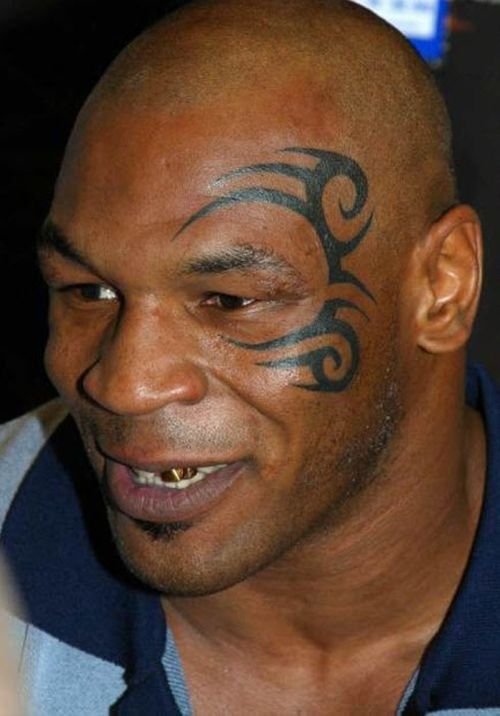|
|
Facial Tattoo
|
The anthropologist Ling Roth in 1900 described four methods of skin marking and suggested they be differentiated under the names of tatu, moko, cicatrix, and keloid.
People have also been forcibly tattooed. A well known example is the identification system for inmates in Nazi concentration camps during the Holocaust. Tattoos have also been used for identification in other ways. For example, in the period of early contact between the Māori and Europeans, Māori chiefs sometimes drew their moko (facial tattoo) on documents in place of a signature. Tattoos are sometimes used by forensic pathologists to help them identify burned, putrefied, or mutilated bodies. Tattoo pigment is buried deep enough in the skin that even severe burns are not likely to destroy a tattoo. For many centuries seafarers have undergone tattooing for the purpose of enabling identification after drowning. In this way recovered bodies of such drowned persons could be connected with their family members or friends before burial. Therefore tattooists often worked in ports where potential customers were numerous. The traditional custom continues today in the Royal Navy (Great Britain) and in many others.
|
|









